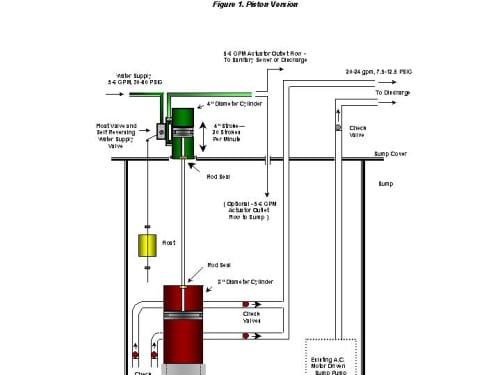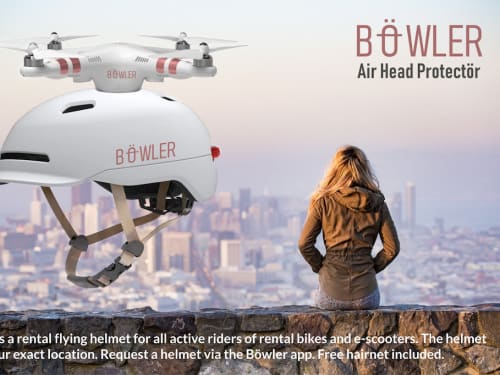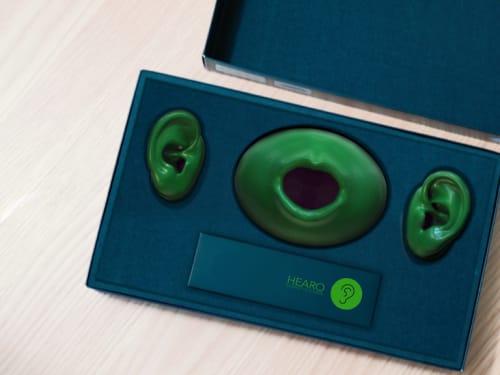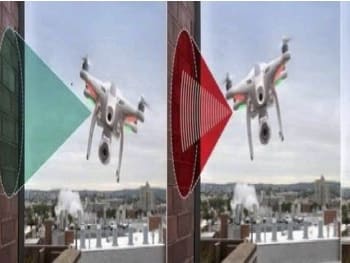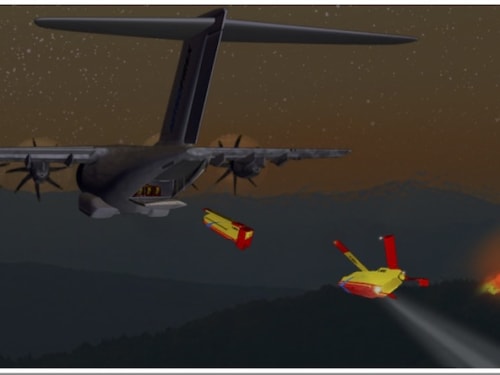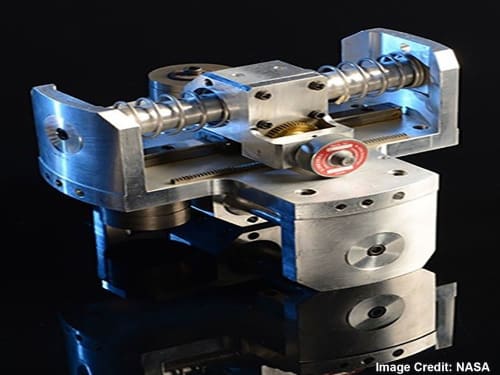The 2025 Contest is Now Open for Entries!
Submit your best new product ideas in any of seven categories for a chance at $25,000 USD and other great prizes. Here’s how to get started.
Help build a better tomorrow
Since Tech Briefs magazine launched the Create the Future Design contest in 2002 to recognize and reward engineering innovation, over 15,000 design ideas have been submitted by engineers, students, and entrepreneurs in more than 100 countries. Join the innovators who dared to dream big by entering your ideas today.
Read About All the 2024 Winning Inventions

Special Report spotlights the eight amazing winners in 2024 as well as honorable mentions in each category, plus the top ten most popular entries as voted by our community.
Click here to read moreA ‘Create the Future’ Winner Featured on ‘Here’s an Idea’
Spinal cord injury affects 17,000 Americans and 700,000 people worldwide each year. A research team at NeuroPair, Inc. won the Grand Prize in the 2023 Create the Future Design Contest for a revolutionary approach to spinal cord repair. In this Here’s an Idea podcast episode, Dr. Johannes Dapprich, NeuroPair’s CEO and founder, discusses their groundbreaking approach that addresses a critical need in the medical field, offering a fast and minimally invasive solution to a long-standing problem.
Listen nowThank you from our Sponsors
“At COMSOL, we are very excited to recognize innovators and their important work this year. We are grateful for the opportunity to support the Create the Future Design Contest, which is an excellent platform for designers to showcase their ideas and products in front of a worldwide audience. Best of luck to all participants!”
— Bernt Nilsson, Senior Vice President of Marketing, COMSOL, Inc.
“From our beginnings, Mouser has supported engineers, innovators and students. We are proud of our longstanding support for the Create the Future Design Contest and the many innovations it has inspired.”
— Kevin Hess, Senior Vice President of Marketing, Mouser Electronics
contest/2019
2019
Unlike battery back up pumps which typically only operate for 1-2 hours,
Autonomous vehicles require multiple optical sensors, such as cameras or LiDAR, in the car’s body on all sides. Today, such sensors are mostly used for parking assistance.
In automated driving, the accurate function of these sensors is required to ensure safe driving. Contaminants such as dirt, dust, organic material and different phases of water (ice, rain, snow, etc.
1) Various e-scooter companies (backed by venture capital) are rolling out their products in the market - the focus is major cities around the globe.
2) None of the companies have so far convincingly addressed the safety concerns related to not providing head protection as part of the actual rental process.
Hearo is world’s only Internet Of Sounds device. Instead of adding more and more connected, single-function, electronic devices into your home, the acoustic and musical properties of everyday objects become programmable digital controllers. Hearo connects to your smartphone where you assign any sound in your home to control digital actions of your choice using IFTTT programming.
We have developed an integrated air quality monitoring UAS which also has collision avoidance technique to avoid collision with real time obstacles while monitoring. We have used an ultrasonic sensor for collision avoidance and mq135 for air quality sensing. We have developed a program for displaying the pollution gas availablity in percentage instead of ppm.
INTRODUCTION:
The maturity of the technologies for the guidance and control of RPAS allows for innovative operational options such as the ability to spray (a liquid) a significant amount of an agent of any sort at a pre-established point in the atmosphere. This is the case of NitroFirex,
NASA Langley Research Center has developed a novel fine interpolation technique that is useful in signal processing for applications in lidar, sonar, radar and similar modalities. The interpolation technique uses repeating waveforms, Fourier transform reordering, and Richardson-Lucy deconvolution to obtain faster and more accurate results.The prime target application is range finding,
NASA inventors have developed a set of puncture self-healing materials comprised of commercially available, known self-healing polymer resin and additive blends. A range of puncture healing blends was developed by melt blending self-healing polymers with non-self-healing polymeric materials.
NASA Langley Research Center has developed a compact self-tuning damper to reduce vibration occurring at a fixed frequency. Tuned dampers reduce vibration of the base structure by the dissipation of energy. The magnitude of the dissipated energy is proportional to the range of motion.
There are products like battery operated bats available in the market to kill mosquitoes and insects but there is no battery-less innovation. My invention is very simple and very effective in killing mosquitoes as there is no need for recharging the battery of this mosquito bat. Only a bat and adhesive tape are required to build it.
Page 51 of 53

